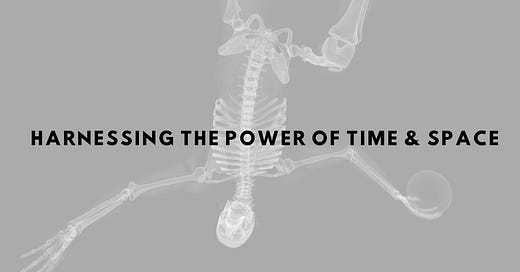“Play with more support…” How many times has his comment been said (with the best of intentions) by a mentor or teacher? I have been told it and heard it many many times. But, what does it mean?
I used to think it meant I needed to brace when I play, become stiffer. Somehow I thought bracing would enhance my sound or technical facility. Unfortunately, it had the opposite effect. Bracing limited my mobility, limited expression, made me uncomfortable, and caused discomfort.
I have thought about the word, support a lot. Where I have arrived is that it is a comment made there is some coordination problem, could be a change in tone color, fingers that aren’t as consistent. To me, this is an indication that some part of the body is working harder to compensate for some part that is not moving. The missing movement often compromises breathing which is revealed as inconsistent tone or technique, sometimes both.
I remember feeling almost helpless in the midst of playing because I couldn’t adjust when things weren’t going the way I intended. Somewhere in my body, I was bracing which limited all of my movement and my ability to adjust. The bracing I am talking about can be the result of performance nerves, or not fully understanding the music, phrasing of rhythm.
So what is support? I now define it as the ability to move. High-quality movement requires the whole body. I also need to understand how I am designed to move, this is where Body Mapping and movement practice has been important! With these two pieces, I can access the movements I need and coordinate them efficiently.

The image I have is of the bones of my skeleton in motion - constantly in motion. I move from my base, the ground. When I am continuously in motion, and sometimes those movements are on the micro-level, I am not bracing, therefore I can respond and adjust in the midst of a performance. This is the exact opposite of the bracing I used to believe would provide the support I was looking for. In a sense, I am releasing into control, a finer more nuanced control that brings music vividly to life.
Today, reflect on your idea of “support” in your playing. Does your idea support movement? (no pun intended) Or is it a static concept?
Remember, we move to play. If your concept of support is static, shifting to a definition grounded in mobility and flexibility will help you to break through playing plateaus or fully realize your musical ideas.
Be curious…




Excellent, Vanessa. Arnold Jacobs intentionally avoided using the word"support" when he talked about breathing, because of its detrimental effect. One of Jacob's sayings was "Breathe to expand, don't expand to breathe"" is very helpful to me and akin to saying "we move to play". To me they both mean, allow movement to happen, don't move into fixed positions or postures.
Thank you so much for sharing this! I too was a "bracer" or a "clincher." The more I heard support, the more I hardened in so many places in my body. It took a long time for me to feel the movement and freedom of my body, sound, and expressivity. As a teacher for young students, I try my best to balance the idea of muscle engagement with movement and freedom. I appreciate the idea of some movements being on a "micro-level" and that not everything has to be a huge gesture or felt in a tense way.